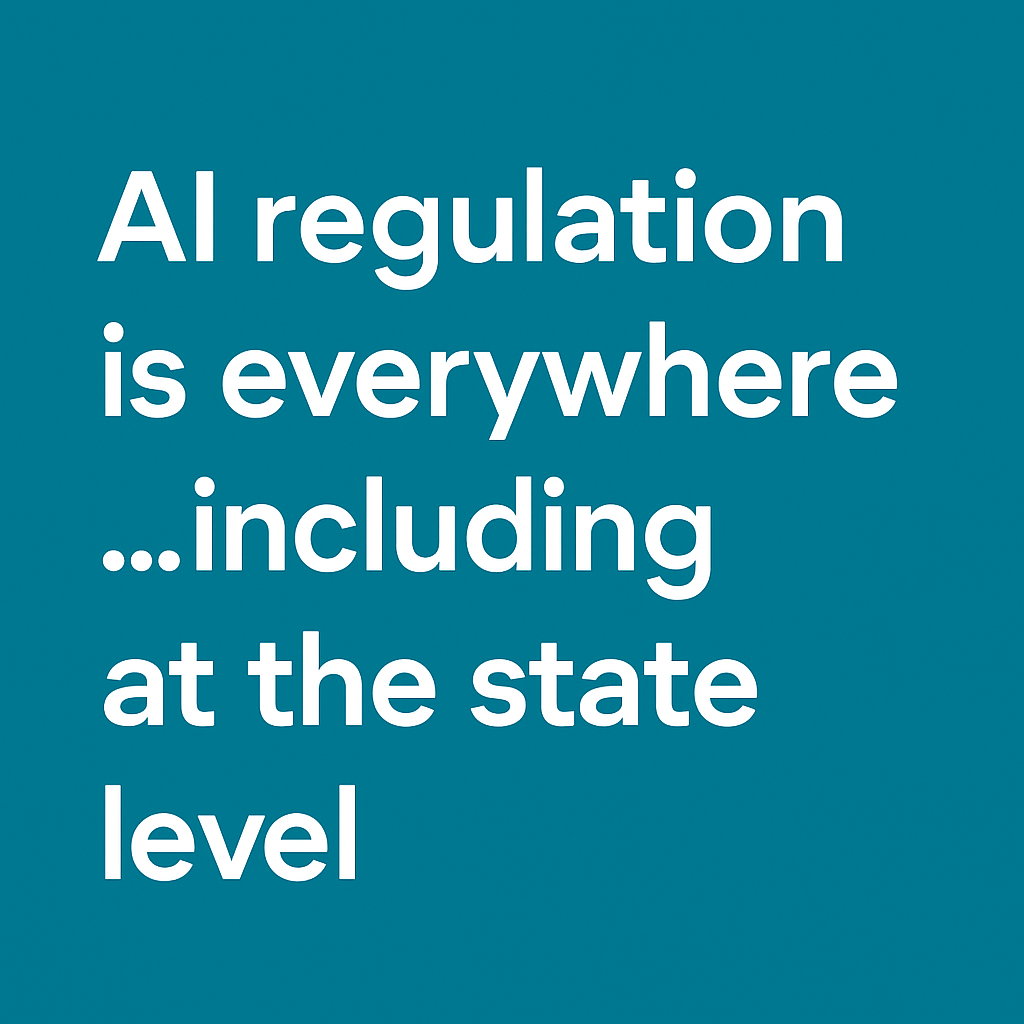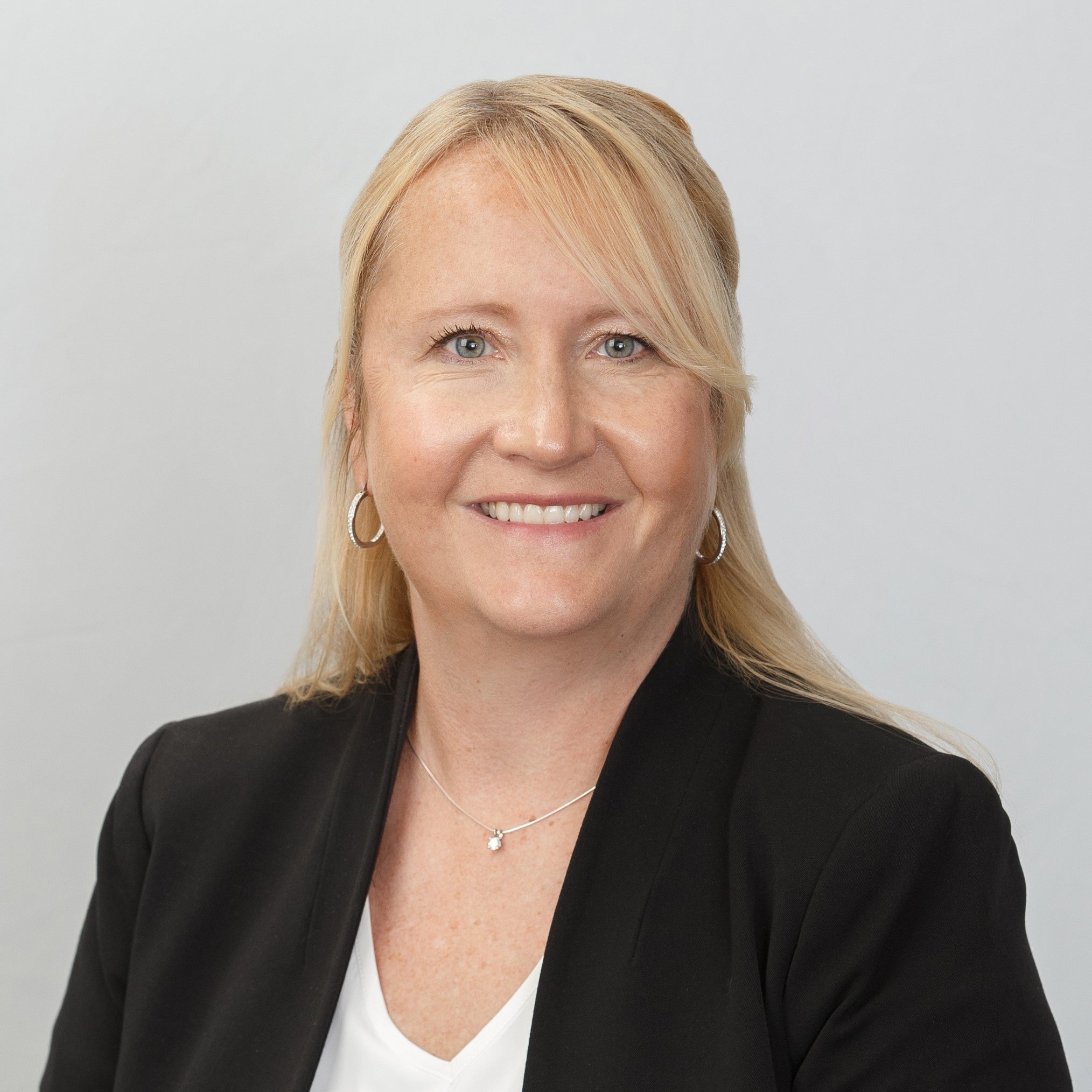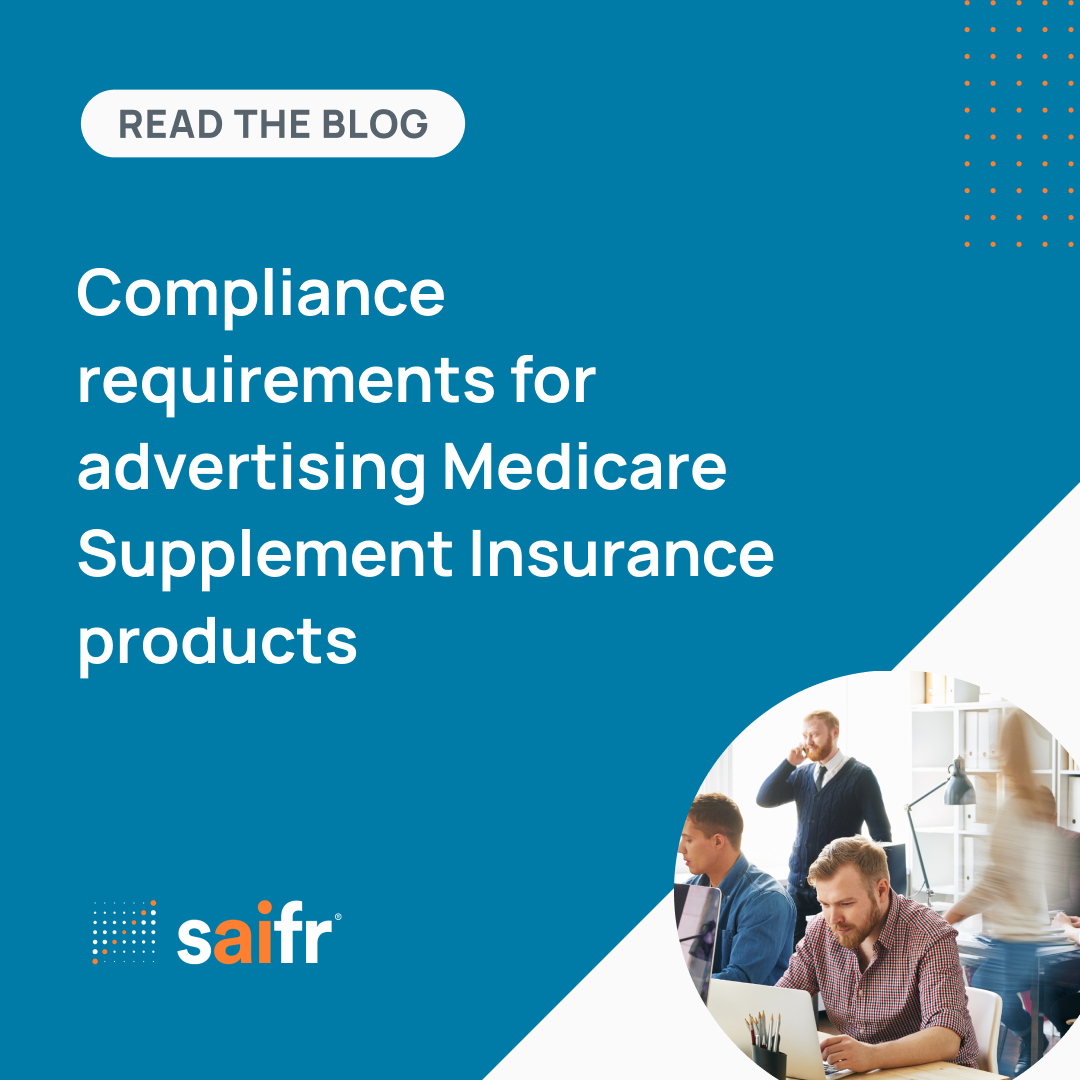I believe that FINRA’s targeted examinations, aka “sweeps,” provide a unique value. In this blog, I’ll explain why, help readers realize their value, and provide examples for their use in a well-rounded compliance program.
While I will focus on FINRA’s sweep program in this blog, other regulators, including the states and the SEC, also conduct sweeps using similar processes and with similar intentions. The states and other regulatory agencies will sometimes partner with the SEC or FINRA in a joint effort to assess how an issue of interest is being addressed in the industry.1 FINRA is limited to sweeps of broker-dealers, while the SEC and states have a somewhat broader reach with jurisdiction over other financial services entities such as investment advisers, investment companies, and insurance companies. All varieties of sweeps can provide value.
Understanding the sweeps
Target examinations, or “sweeps” as they are commonly known, are one component of a regulatory examination program. Unlike FINRA cycle and cause exams, sweeps are not carried out according to a predetermined cycle and do not target a particular firm or associated person due to a discreet issue. Instead, sweeps are initiated toward an intended topic, product, or service, and firms are typically chosen for their connection to that subject. According to FINRA, the connection can be the level and nature of business activity in a particular product or service, disclosure events such as customer complaints or a firm’s regulatory history, prior examination findings, or other criteria.2
The number of firms selected for any given sweep can range from a handful to dozens. FINRA has expressed its intention that by limiting the sweep to a select group of firms, it can reduce the regulatory burden on the majority of firms.3
Typically, sweeps cover very specific topics that in recent years have included SPACs, VIX-Linked products, Non-Traded BDCs, Alternative Trading Systems, and High Frequency Trading, among others. Based on the list of topics addressed recently, one can surmise that emerging risk is most commonly at the core of a sweep.
There have also been sweeps on topics of general interest and relevant to a broader target group. Among these, the sweep called “Establishing, Communicating and Implementing Cultural Values” stands out as a topic of relevance to the masses. Others with general value have included sweeps addressing mutual fund waivers and business continuity plans.
FINRA has acknowledged that the information gathered through sweeps enables it to better focus its cycle examinations and pinpoint regulatory response to emerging issues.
Because they are a component of the exam program, targets (recipients of sweep letters) should know that as for most information requests from FINRA, the sweeps are not informal. Responses require the same diligent and thorough attention that would be applied in a cycle or cause exam.
For targets and non-targets alike, the results of FINRA’s analyses are available for guidance in materials that precede, complement, or follow the sweep, including cycle exams, Regulatory Notices, annual CEO letters and associated information, conference agendas, and investor alerts, among other forms.
Finding the sweeps
The volume of sweeps is another unique, notable factor in the exam program. FINRA has only conducted ~18 sweeps over the past 10 years. Compared to the number of cycle exams (1,500-2,000 annually4) and guidance such as Reg. Notices (approximately 30 per year), that is a short list. Therefore, a visit to the Targeted Exams webpage, where FINRA publishes summary information and links to the sweeps, reveals at a glance whether or not a sweep has been conducted on a subject of interest.5
For each sweep, FINRA provides details in one of a few different formats. For some, FINRA provides a copy of the sweep letter. Sometimes it includes descriptive information about the goals or other details related to the inquiry along with the letter. More recently, FINRA has added an update that shares and provides some analysis regarding the results of the sweep.
Using the sweeps
Here I’ll share four ways I have woven sweeps into the fabric of my compliance programs. Hopefully, you can use one or a few to your benefit.
Use case #1 – Exam templates, written supervisory procedures (WSPs)
Consider for instance how you might use a sweep to develop an exam template or WSP updates. I cannot imagine I am the only compliance professional routinely in search of an exam or a procedures template for [“X”] product or [“Y”] sales practice or for some other practical purpose. I do imagine that the rulebook and Reg. Notices Exam Priorities letter are a common go-to for others as they are for me, and of course they do provide meaningful content. But, when a sweep on my topic of interest exists, it is my go-to resource of choice. The format of a sweep is essentially ready-made with a list of questions which can be repurposed as a framework for an examination template, as a basis for a risk assessment, or as a support for the establishment/update of a new/existing procedure.
Use case #2 – Change in membership applications (CMAs)
Sweeps can contribute to navigating through a change in membership application. By definition, a CMA is made when seeking a proposed change, which means that supervisory chains of command, operational structures, policies, and the like are being newly considered by the firm. The CMA process typically involves a back-and-forth between FINRA and the applicant as the firm demonstrates its readiness to engage in the new business line. Prompt responses are key to keeping the process moving, so preparedness is essential. By revealing the questions that mattered to FINRA, the sweep request letter provides the opportunity to prepare responses before FINRA asks, which may lead to better and more timely results in the process.
Use case #3 – Generalized topics
The value of sweeps that address generalized topics stand to have a marked impact. Take the “culture of compliance” as an example.
Anyone attending the FINRA National Conference in 2015 could not have missed the focus on “culture;” and in then-CEO Rick Ketchum’s 2016 Regulatory and Examination Priorities Letter, the topic was again prominent. Ketchum noted, “While firms may have their own definition of ‘firm culture,’ we use it here to refer to the set of explicit and implicit norms, practices, and expected behaviors that influence how firm executives, supervisors, and employees make and implement decisions in the course of conducting a firm’s business.”6 Bloomberg Professional Services later defined “culture” as an “ethical philosophy that drives good behavior.”7 Regarding branch exams, FINRA has written “A broker-dealer’s internal branch inspection program is a necessary part of its supervisory system and a strong indicator of a firm’s culture of compliance.”8 There are countless more references to culture peppered throughout regulatory and compliance contexts; but compliance professionals need something more definitive—standards against which to measure their status, progress, and ultimate success.
Enter the sweep of February 2016 titled “Establishing, Communicating and Implementing Cultural Values.”9
Yes, like many sweeps it asks questions; and no, it does not provide answers. But for this subjective topic, it provides more objective insight than had previously been revealed by FINRA. Luckily for compliance professionals, the sweep contains actionable takeaways. For instance, when FINRA says the firm should involve senior management in establishing, communicating, and implementing the firm’s cultural values, I hear: top executives in the firm should sign off. When FINRA’s sweep suggests that a firm encourage middle management to adopt cultural values, I think: targeted training. If FINRA says identify subcultures in the firm that may undermine the culture of compliance, I consider: heightened supervision as an appropriate control for certain individuals or production groups where it may apply. Because, in the sweep, FINRA asks how firms use compensation to reward and reinforce good behavior and to penalize violators, I am motivated to implement a reward system tied to the aforementioned steps, and so on.
I’m grateful FINRA provides actionable takeaways and a roadmap for compliance professionals.
Use case #4 – Evolving risks
As certain risks emerge and evolve, compliance professionals are required to keep a close eye on developments. One such topic is social media, which introduces new challenges seemingly by the day. FINRA has published a Key Topics page that highlights primary concerns and provides resources including rules, regulatory notices, and more. But, in my opinion, of the many resources, only the associated sweep10 clearly defines “influencer” and “referral programs” with a degree of clarity suitable to incorporate into firm training, WSP, or exam templates. The sweep is unique in also clarifying which platforms are included in FINRA’s definition of “social media.” The list suggests that the scope of a firm’s compliance program should include TikTok, Facebook, Instagram, YouTube, Twitter, StockTwits, Reddit, and Twitch. This concise list is suitable to incorporate in consideration for a firm’s compliance program.
Information of this nature is timely, unique to the sweep, and can lead to clarity in compliance program implementation.
Summary
When it comes to complex products, hard-to-pin-down topics, or evolving trends, I have heard “I don’t even know what to ask” and “I don’t know where to start.” My advice: Consider looking to sweeps to get the task off the ground.
1. https://www.sec.gov/files/2023-exam-priorities.pdf 2023 Examination Priorities, Page 1
2. https://www.finra.org/rules-guidance/guidance/targeted-examination-letters
3. Ibid
4. https://www.finra.org/sites/default/files/14_0453%201_What%20to%20Expect_Cycle%20Exam.pdf
5. https://www.finra.org/rules-guidance/guidance/targeted-examination-letters
6. https://www.finra.org/rules-guidance/communications-firms/2016-exam-priorities
7. https://www.bloomberg.com/professional/blog/finra-appears-adding-culture-compliance-examinations/
8. https://www.sec.gov/about/offices/ocie/riskalert-bdbranchinspections.pdf
9. https://www.finra.org/rules-guidance/notices/11-54
10. https://www.finra.org/rules-guidance/guidance/targeted-examination-letters/sweep-update-feb2023, and https://www.finra.org/rules-guidance/guidance/targeted-examination-letters/social-media-influencers-customer-acquisition-related-information-protection
The opinions provided are those of the author and not necessarily those of Fidelity Investments or its affiliates. Fidelity does not assume any duty to update any of the information. Fidelity and any other third parties are independent entities and not affiliated. Mentioning them does not suggest a recommendation or endorsement by Fidelity.
1100626.1.0


-1.png)




